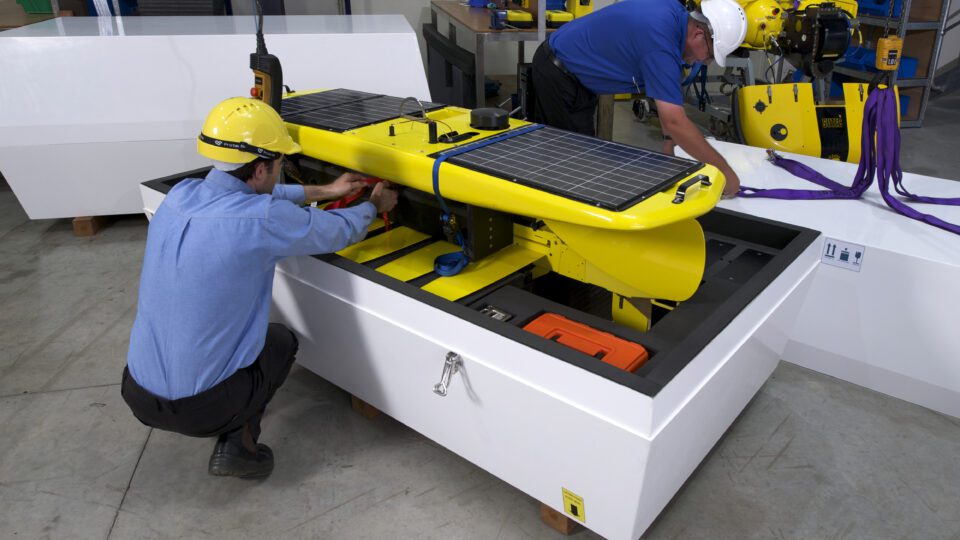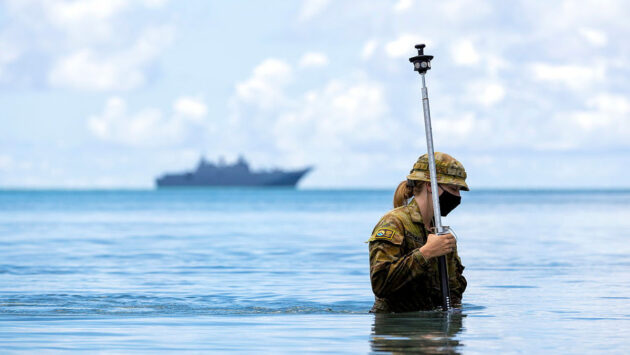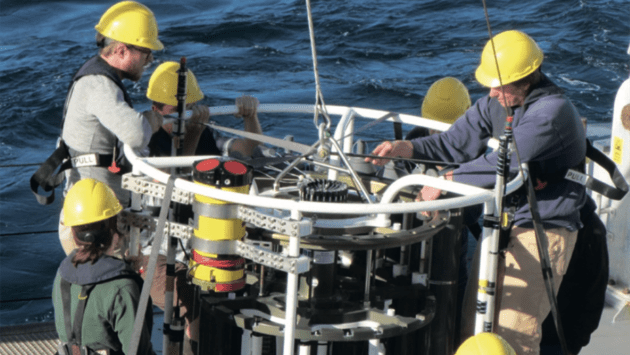First Annual Wave Glider Users Group
First Annual Wave Glider Users Group
The first annual Wave Glider Users Group has been conducted in At the OCEANS16 Conference in Monterey, California. The breadth and diversity of presentations reflects the wide application of Wave Glider and associated technologies including Autonomous/Unmanned Maritime Systems, Oceanographic and Climate Sciences, Maritime Domain Awareness (Intelligence, Surveillance, and Reconnaissance) and Offshore Oil and Gas Exploration.
A short summary of the presentations at the Wave Glider Users Group is below.
– Graham Hine on behalf of the UK Foreign Commonwealth Office describing work done in the Pitcairn EEZ – highlighted a long time at sea in a remote area, using an acoustic sensor to detect vessels and a new antifouling paint being tested
– Tom O’Reilly of MBARI describing their work with Wave Gliders, including their CO2 payload, a collaboration with Jupiter Research Foundation on a microscope payload, their Hotspot communication package as well as a recent collision (and quick repair) that they sustained.
– Christoph Waldmann of MARUM/University of Bremen described the previous work his organization did toward developing a User Group, including hosting a website. In particular, he highlighted specific topics to address, including WGMS, Deployment and Recovery and others, as well as open issues that the Users Group will need to think through – like IP concerns and liability.
– Chuck Fralick of Leidos described their efforts in adding a towed acoustic modem to the Wave Glider in order to reliably communicate as deep as 6000m with low latency. He included some of their acoustic results – and asked for more power from future systems.
– Barbara Block of Hopkins Marine Lab at Stanford described the work her group is doing to tag and track pelagic predators (and why), and how they’ve utilized the Wave Glider to track Great White Sharks along the California coast. She explained how monitoring these predators is vital to understanding the health of the entire ecosystem
– David Sauerhaft of Liquid Robotics, who described some of the future research and development that’s occurring in the company, including testing a winch, additional solar generation, launch and recovery tools and improvements and better anti-fouling coating.
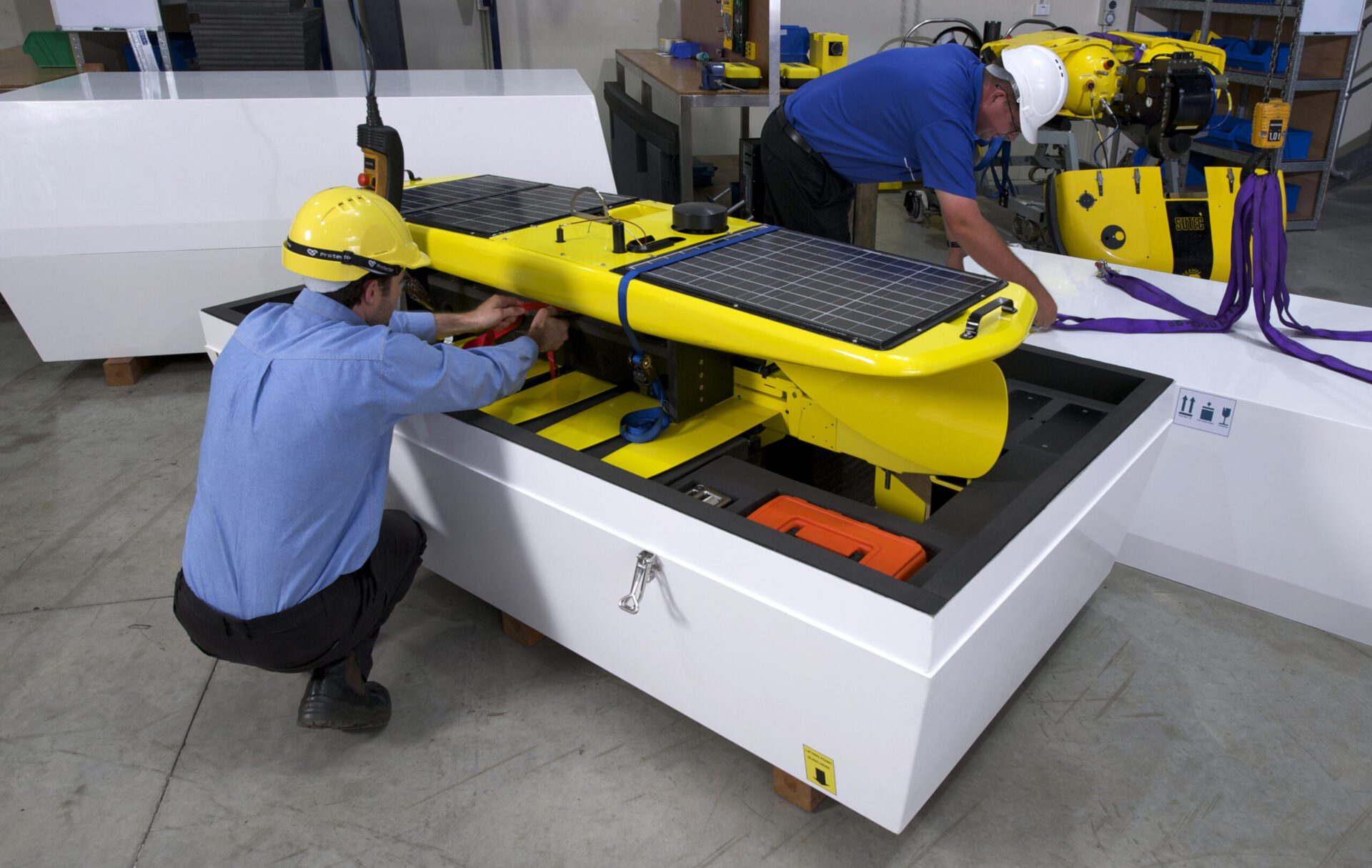 |
| UVS supports the Wave Glider Autonomous Surface Vehicle operated by the Royal Australian Navy |
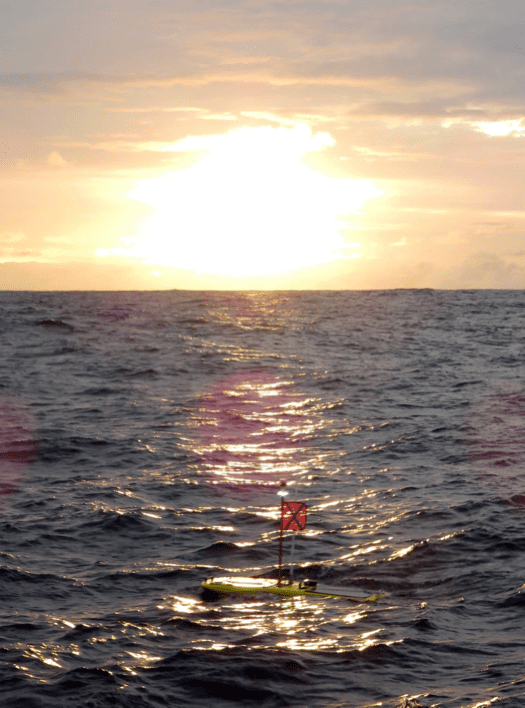 |
| Wave Glider at sunset off the West Australian coast |

